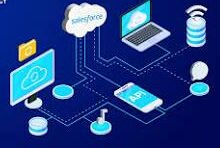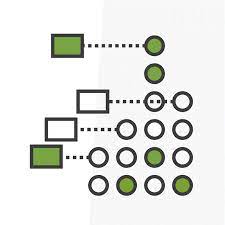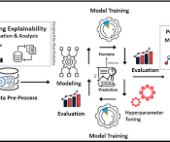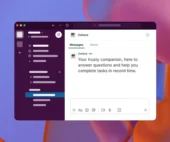Exploring Salesforce Integration Capabilities
Thank you for reading this post, don't forget to subscribe!Salesforce provides a robust set of integration capabilities essential for building effective integrations. Here are eight key capabilities you should be aware of:
- REST API:
- Focuses on data-based operations like querying a database, creating, updating, and deleting records.
- Best suited for web or mobile applications.
- Uses XML or JSON for data formats, with JSON being more bandwidth-efficient.
- Synchronous timing, providing real-time responses.
- SOAP API:
- Ideal for system-to-system integrations and formal hand-offs.
- Reliable but tends to be slower and uses more bandwidth than REST.
- Utilizes XML for structured payloads.
- Asynchronous timing, allowing for continued processing without waiting for a response.
- Bulk API:
- Handles high volumes of messages, up to 100 million records in a 24-hour timeframe.
- Suited for initial data migration, offering job monitoring and control.
- Allows serial or parallel processing, with automatic file batching.
- Asynchronous, enabling result checking after data upload.
- Streaming API:
- Based on the publish/subscribe model for efficient notifications.
- Four types: Generic, PushTopic, Platform Events, Change Data Capture.
- Utilizes CometD technology for real-time integration between Salesforce and external systems.
- Outbound Message:
- Declarative setup for sending messages to other systems triggered by Salesforce workflow rules.
- Asynchronous integration with acknowledgment messaging.
- Not designed for near real-time integration; Streaming API is recommended for that purpose.
- Web Service Callouts:
- Initiates when Salesforce calls out to another system.
- Requires developer intervention for programmatic actions.
- Suitable for synchronous or asynchronous timing with a quick response expectation.
- Effective for small data loads.
- Salesforce Connect:
- Enables viewing and editing of external system data in Salesforce.
- Utilizes ‘Data virtualization’ for real-time access without data persistence in Salesforce.
- Declarative but a paid feature, saving on data storage space.
- Heroku Connect:
- Connects Salesforce and Postgres databases for data synchronization.
- Useful for high-volume scenarios with low latency and high throughput.
- Ideal for scenarios where Salesforce org doesn’t need all data, especially during promotions.
Salesforce Integration Patterns:
Patterns guide integration strategies based on requirements:
- Data Integration: Involves inserting, updating, or deleting data used by systems.
- Process Integration: Integrates process functionality across multiple systems.
- Virtual Integration: Allows Salesforce to interact with data in another system without replication.
Understanding these capabilities and patterns is crucial for determining the optimal integration strategy based on timing, direction, and type requirements.













